

Articles
What Is Air Lock In Plumbing
Modified: August 16, 2024
Learn about the causes and solutions for air lock in plumbing in our informative articles. Find out how to prevent and fix this common plumbing issue.
(Many of the links in this article redirect to a specific reviewed product. Your purchase of these products through affiliate links helps to generate commission for Storables.com, at no extra cost. Learn more)
Introduction
In the world of plumbing, it’s common to encounter various issues that can disrupt the smooth flow of water through pipes and fixtures. One such problem is an air lock, which is a phenomenon that can cause water to stop flowing or sputter out of faucets and taps. Understanding air lock in plumbing is crucial for homeowners and plumbers alike, as it can lead to inconvenience, potential damage, and costly repairs if left unchecked.
An air lock occurs when trapped air prevents water from flowing freely in a plumbing system. When air gets trapped in a particular section of the pipe, it can create a barrier that interrupts the continuous flow of water. This not only affects the efficiency of the plumbing system but also disrupts the normal functioning of fixtures, such as showers, sinks, and toilets.
It’s important to note that air locks typically occur in systems with vertical pipe runs, such as those found in multi-story buildings or homes with complex plumbing layouts. However, they can also develop in single-story residences if there are certain installation or maintenance issues. Regardless of the type of property, understanding the causes, symptoms, effects, and solutions for air lock in plumbing is essential to maintaining a properly functioning water system.
This article delves into greater detail about air lock in plumbing, explaining the causes, symptoms, effects, and most importantly, how to fix and prevent this issue from occurring in the future. By following the advice and techniques outlined in this article, homeowners and plumbers alike can effectively address air lock problems and ensure the smooth and uninterrupted flow of water through their plumbing system.
Key Takeaways:
- Air lock in plumbing occurs when trapped air disrupts water flow, leading to reduced pressure, erratic flow, and potential damage. Bleeding the system and preventive measures are crucial for resolving and avoiding this issue.
- Recognizing symptoms like loss of water pressure and sputtering flow is essential for identifying air lock problems. Employing methods such as using a plunger and seeking professional help can effectively fix air lock issues and restore normal water flow.
Read more: What Is A Plumbing Air Gap
Definition of Air Lock in Plumbing
An air lock in plumbing refers to the occurrence of trapped air within a section of the plumbing system, leading to the disruption of water flow. It acts as a blockage, preventing the smooth movement of water through pipes and fixtures.
When air becomes trapped in a section of the plumbing system, it forms an obstruction that inhibits the flow of water. This trapped air can be caused by various factors, such as improper installation, maintenance issues, or changes in water pressure.
Unlike a conventional blockage, where a physical object like debris or sediment obstructs the pipes, an air lock is caused solely by the presence of air. It is important to address air lock issues promptly, as they can lead to reduced water pressure, erratic flow, or even complete water stoppage in extreme cases.
Air locks tend to occur more frequently in systems with vertical pipe runs, as the air bubbles naturally rise and get trapped in high points. In multi-story buildings or houses with complex plumbing layouts, the likelihood of encountering air locks increases.
It’s crucial to understand that air lock issues are not solely limited to a single point of obstruction but can also happen in multiple sections of a plumbing system. This means that even if one air lock is resolved, there may be others present within the system that need to be addressed as well.
Overall, air lock in plumbing refers to the trapped air within pipes or fixtures that disrupts the normal flow of water. Recognizing the signs of air lock, understanding its causes, and knowing how to fix and prevent it is essential for maintaining a properly functioning plumbing system.
Causes of Air Lock in Plumbing
Air lock in plumbing can be caused by a variety of factors. Understanding these causes is crucial for effectively identifying and resolving air lock issues. Here are some common causes of air lock in plumbing:
- Improper Installation: Poorly installed plumbing systems may have high points or areas where air can become trapped. If pipes are not properly pitched or supported, it can lead to the formation of air pockets, resulting in air lock issues.
- Changes in Water Pressure: Sudden changes in water pressure, such as those caused by water main repairs or valve adjustments, can introduce air into the system. This disrupts the equilibrium and can cause air locks to occur.
- Empty or Drained Plumbing System: When a plumbing system is drained or emptied for maintenance or repairs, air can enter the system through open fixtures or valves. If not properly bled or purged, this trapped air can cause air lock problems when the system is refilled and pressurized.
- Inadequate Ventilation: Proper ventilation is essential in a plumbing system to allow air to escape and prevent air lock issues. If ventilation pipes become obstructed or clogged with debris, the trapped air has no way of escaping, leading to air lock problems.
- Poorly Designed Plumbing Layout: Plumbing systems with complex or convoluted layouts, particularly those with multiple vertical pipe runs, are more prone to air lock issues. Inadequate planning or lack of proper air bleeding valves can contribute to the formation of air locks.
Identifying the cause of the air lock is essential to effectively resolving the issue. By addressing the root cause, whether it is improper installation, changes in water pressure, drainage issues, ventilation problems, or poor design, homeowners and plumbers can take the necessary steps to fix and prevent air lock in the plumbing system.
Symptoms of Air Lock in Plumbing
Recognizing the symptoms of air lock in plumbing is crucial for identifying and addressing the issue promptly. Here are some common signs and symptoms that indicate the presence of an air lock:
- Loss of Water Pressure: One of the first signs of an air lock is a sudden loss of water pressure. If you notice a significant drop in water pressure when using faucets, showers, or other fixtures, it could be an indication of trapped air within the plumbing system.
- Erratic or Sputtering Water Flow: When air is trapped in the pipe, it can disrupt the smooth flow of water. Consequently, you may experience erratic or sputtering water flow from faucets or taps. The water may come out in bursts or spurts instead of a steady stream.
- Complete Water Stoppage: In severe cases, an air lock can completely block the flow of water, resulting in no water coming out of the faucets or taps. If you turn on a faucet and no water comes out, it is likely due to an air lock in the plumbing system.
- Gurgling Noises: Trapped air in the pipes can create gurgling or bubbling sounds when water tries to pass through. If you hear unusual noises coming from your plumbing system, especially when turning on faucets or flushing toilets, it may be a sign of an air lock.
- Uneven Water Distribution: When an air lock occurs, it can cause uneven water distribution among different fixtures or floors of a building. Some areas may receive sufficient water flow while others may experience little or no water at all.
While these symptoms are indicative of an air lock in plumbing, it’s important to rule out other potential issues, such as clogged pipes or faulty valves. If you experience any of these symptoms, it’s advisable to contact a professional plumber who can accurately diagnose the problem and provide the necessary solutions.
To prevent air lock in plumbing, ensure that all pipes are properly vented to allow air to escape. Installing air release valves at high points in the system can also help to prevent air lock.
Effects of Air Lock in Plumbing
Air lock in plumbing can have several negative effects on the overall functionality and efficiency of the system. Understanding these effects is crucial for homeowners and plumbers in order to address the issue promptly. Here are some common effects of air lock in plumbing:
- Reduced Water Pressure: One of the immediate effects of an air lock is a significant reduction in water pressure. The trapped air acts as a barrier, obstructing the normal flow of water through the pipes. This can lead to weak water output from faucets, showers, and other fixtures.
- Water Flow Interruption: In some cases, an air lock can completely block the flow of water. This means that when you turn on a faucet or a valve, no water comes out at all. This interruption of water flow can be frustrating and inconvenient, especially if it happens in crucial areas like the kitchen or bathroom.
- Inconsistent Water Temperature: When air is trapped in the hot water supply lines, it can cause temperature fluctuations. The hot water may suddenly turn cold and then go back to being hot again. This can make it difficult to maintain a comfortable water temperature and can disrupt daily activities such as showering or washing dishes.
- Damage to Appliances and Fixtures: Air lock can cause stress and strain on appliances and fixtures within the plumbing system. Reduced water pressure and irregular water flow can lead to increased wear and tear on the components, potentially resulting in damage or malfunction over time.
- Water Hammer: An air lock can also contribute to the occurrence of water hammer, which is a sudden, loud banging noise that happens when a valve is closed and the flow of water is abruptly stopped. Water hammer can damage pipes, fixtures, and even water-using appliances if not addressed promptly.
It’s important to address air lock issues as soon as they are detected to prevent further damage to the plumbing system and fixtures. By resolving air lock problems, homeowners can restore proper water flow, maintain water pressure, and prevent any potential long-term effects on the plumbing system.
Read more: What Is Plumbing?
How to Fix Air Lock in Plumbing
If you’re experiencing an air lock in your plumbing system, there are several methods you can employ to fix the issue and restore proper water flow. Here are some effective solutions to resolve air lock problems:
- Bleeding the Air: The most common and straightforward method to fix an air lock is by bleeding the air out of the system. Start by locating the affected faucet or fixture that has low or no water flow. Slowly open the tap until you hear a hissing sound, indicating that the trapped air is escaping. Once the air is fully released, the water flow should return to normal.
- Using a Hosepipe or Garden Tap: In some cases, the air lock may be located in a section of the plumbing system that is difficult to access or bleeding the air is not feasible. You can try using a hosepipe or connecting a garden tap to the affected faucet. By introducing a continuous flow of water through the system, it can help dislodge and push out any trapped air.
- Applying Pressure: If bleeding the air or using a hosepipe does not work, you can try applying pressure to force the air out. Close all other taps and faucets in the system, then rapidly open and close the affected tap or faucet. This sudden change in water flow can dislodge and release the trapped air, restoring water flow.
- Using a Plunger: In some cases, using a plunger can help dislodge the air lock. Fill a sink or basin halfway with water and place the plunger over the affected drain. Ensure that there is a tight seal and vigorously plunge up and down. The pressure created by the plunger can help push the air out and restore proper water flow.
- Seeking Professional Help: If the above methods do not resolve the air lock issue or if you’re uncertain about performing the fixes yourself, it’s advisable to seek the assistance of a professional plumber. They have the expertise and tools to diagnose the problem accurately and implement appropriate solutions.
Remember, prevention is always better than a cure. Taking preventive measures can greatly reduce the chances of encountering air lock issues in the future. Regular maintenance, proper installation, and ensuring adequate ventilation in the plumbing system can help prevent the formation of air locks.
By employing these methods and implementing preventive measures, you can effectively fix air lock issues and restore the normal functioning of your plumbing system.
Preventing Air Lock in Plumbing
Preventing air lock issues in your plumbing system is crucial to ensure the uninterrupted flow of water and maintain its overall efficiency. Here are some preventive measures to help you avoid air lock problems:
- Proper Installation: Ensure that your plumbing system is installed correctly by a professional plumber. Properly pitched pipes and appropriate placement of air vents can help prevent the formation of air pockets and subsequent air locks.
- Maintain Ventilation: Regularly inspect and clean ventilation pipes, also known as vent stacks, to ensure proper airflow throughout the plumbing system. Remove any debris or obstructions that can impede the escape of trapped air.
- Regular Maintenance: Schedule regular maintenance checks for your plumbing system to identify and address any potential issues before they become major problems. This includes inspecting for leaks, checking water pressure, and ensuring that all valves and fixtures are in good working condition.
- Bleeding the System: If you’ve recently drained or emptied your plumbing system for maintenance or repair purposes, it’s essential to properly bleed the system when it’s refilled. Open each faucet and fixture one at a time to allow the air to escape before fully closing them.
- Proper Water Pressure: Sudden changes in water pressure can introduce air into the system. Be cautious when adjusting water main valves or performing plumbing repairs to minimize disturbances in pressure. Additionally, consider installing pressure-reducing valves to prevent spikes in water pressure.
- Seal Any Leaks: Even small leaks in your plumbing system can lead to the introduction of air. Inspect and repair any leaking pipes, fixtures, or valves promptly to prevent air from entering the system.
- Professional Installation and Repair: When installing new fixtures or making changes to your plumbing system, it’s advisable to seek professional assistance. Professional plumbers have the expertise and knowledge to ensure proper installation and minimize the risk of air lock issues.
By implementing these preventive measures, you can significantly reduce the likelihood of encountering air lock problems in your plumbing system. Regular maintenance, proper installation, and ensuring proper ventilation are key to maintaining a well-functioning plumbing system with a consistent and uninterrupted water flow.
Conclusion
Air lock in plumbing is a common issue that can disrupt the flow of water and cause inconvenience for homeowners. Understanding the causes, symptoms, effects, and solutions for air lock problems is essential for maintaining a properly functioning plumbing system.
By recognizing the signs of air lock, such as reduced water pressure, sputtering water flow, or complete water stoppage, homeowners can quickly identify and address the issue. Bleeding the air from the system, using hosepipes or garden taps, applying pressure, or using a plunger are effective methods to fix air lock problems.
Prevention is key in avoiding air lock issues. Proper installation, regular maintenance, ensuring adequate ventilation, and addressing leaks promptly can help prevent air from becoming trapped in the plumbing system. Seeking professional help when needed and following the advice of experienced plumbers can ensure the long-term efficiency and functionality of your plumbing system.
By implementing these preventive measures and taking prompt action in addressing air lock problems, homeowners can enjoy uninterrupted water flow, consistent water pressure, and prevent potential damage to their plumbing system and fixtures.
Remember, a well-maintained plumbing system not only enhances your daily convenience but also helps to preserve the value and integrity of your property.
Frequently Asked Questions about What Is Air Lock In Plumbing
Was this page helpful?
At Storables.com, we guarantee accurate and reliable information. Our content, validated by Expert Board Contributors, is crafted following stringent Editorial Policies. We're committed to providing you with well-researched, expert-backed insights for all your informational needs.
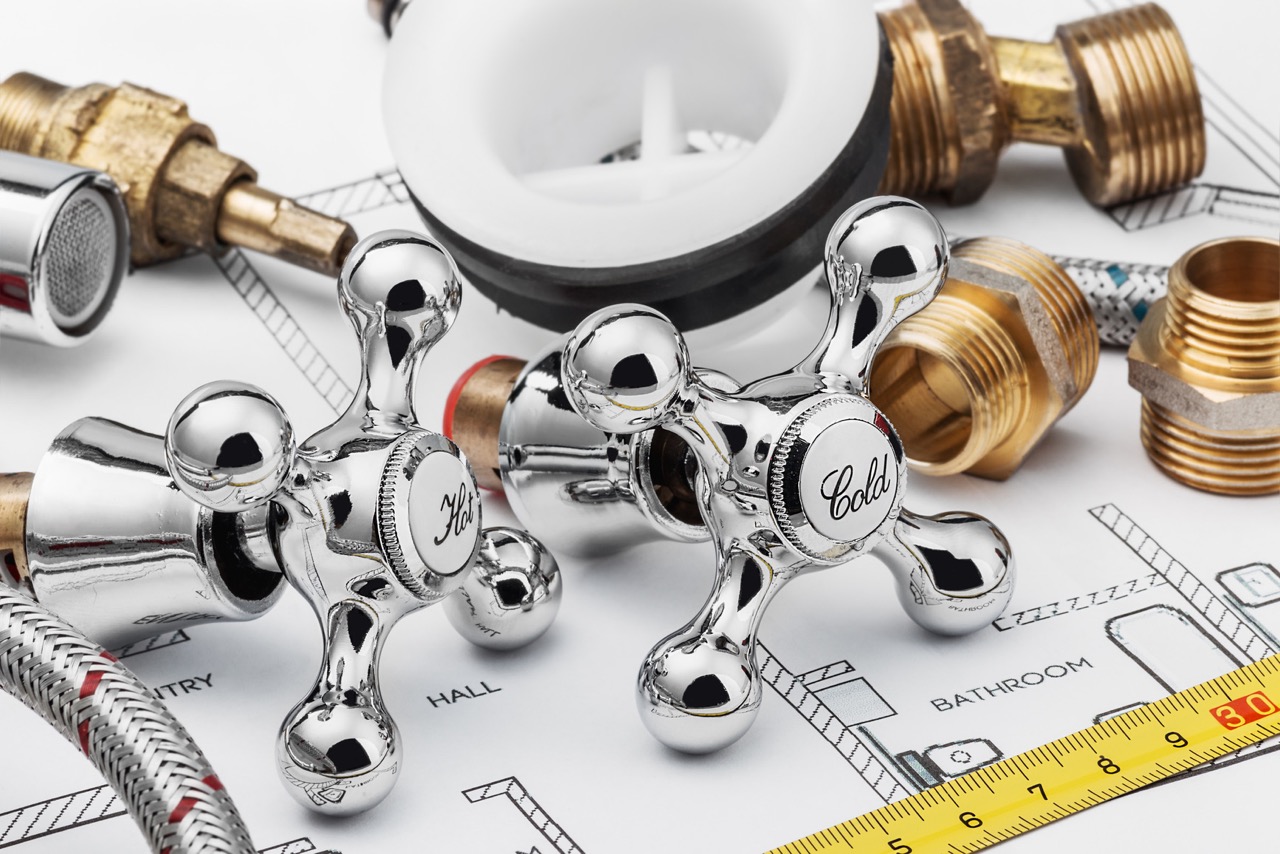
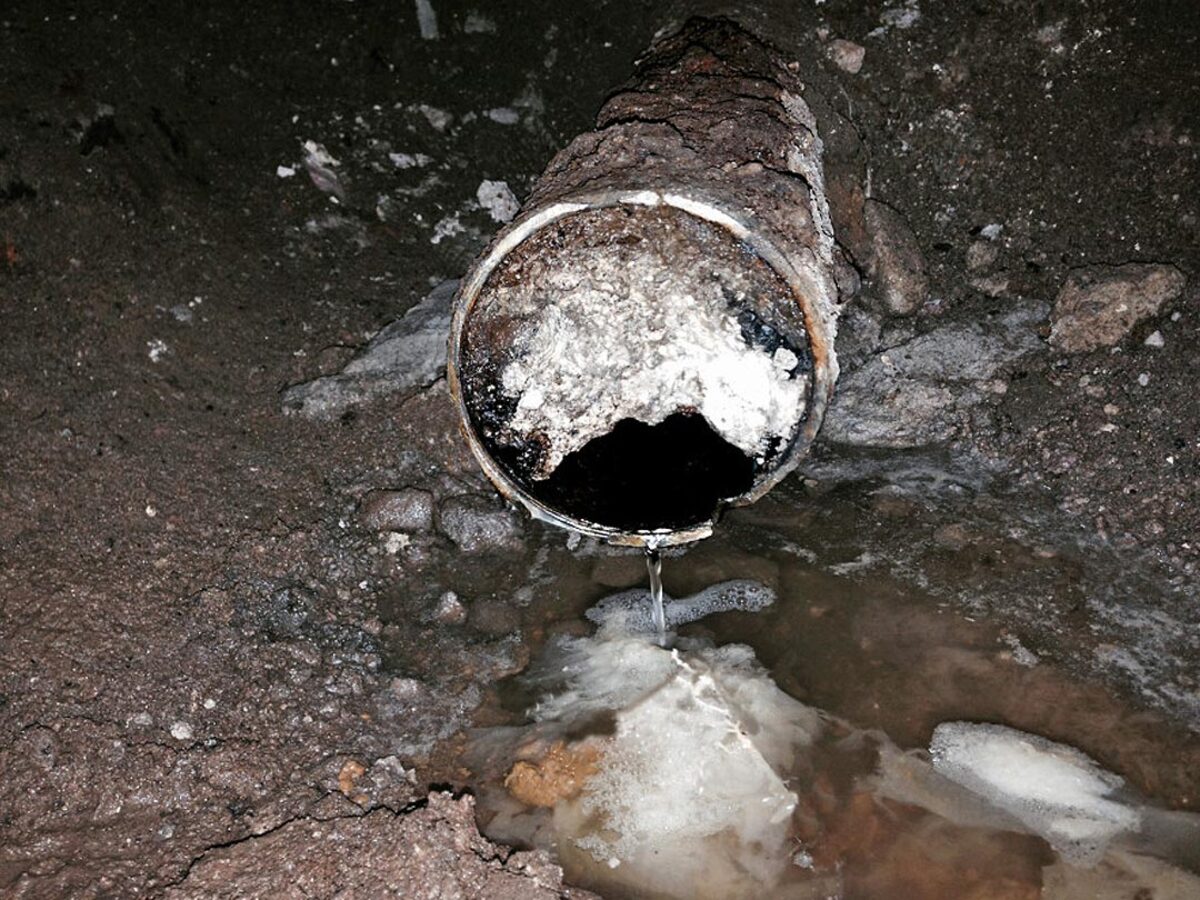
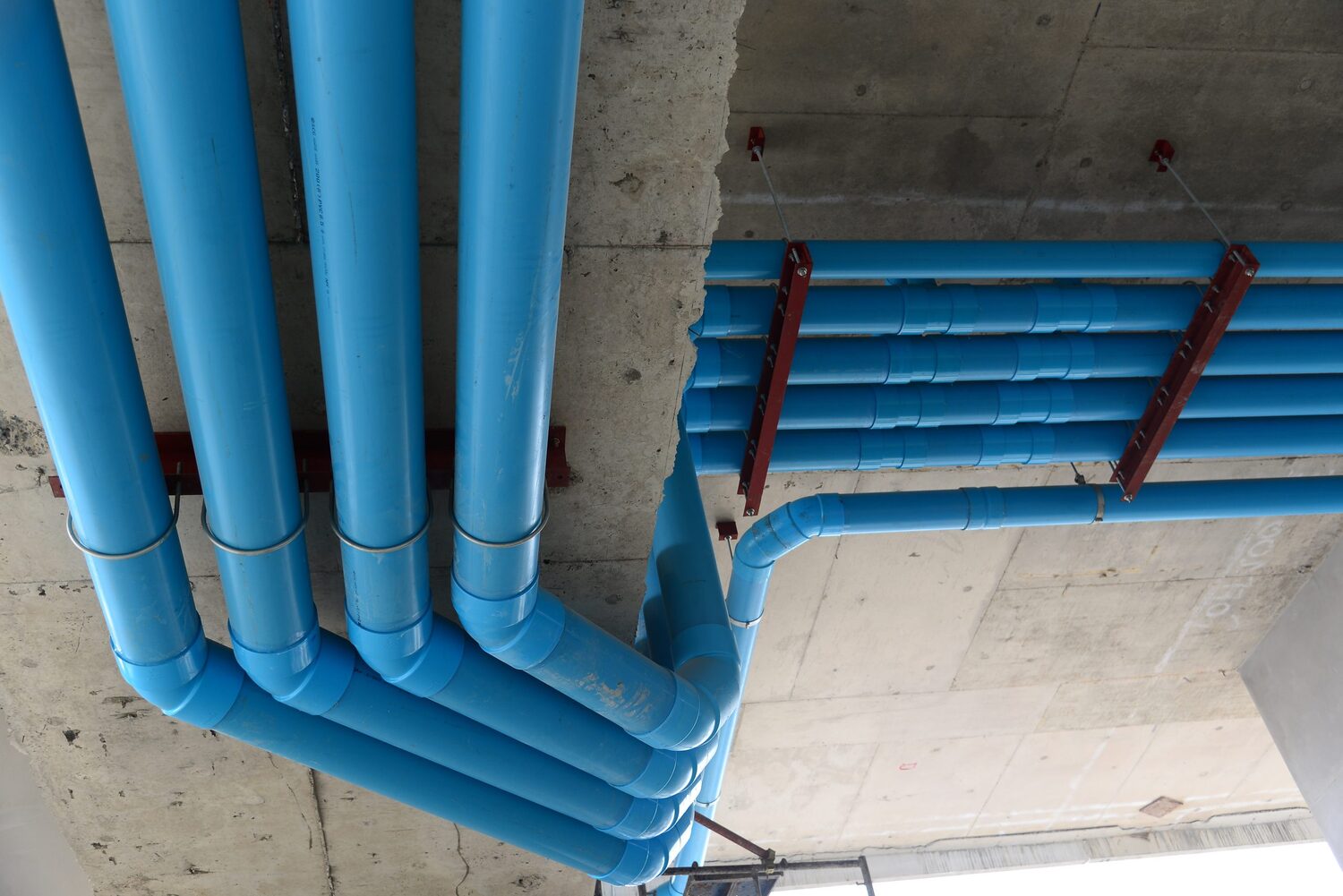
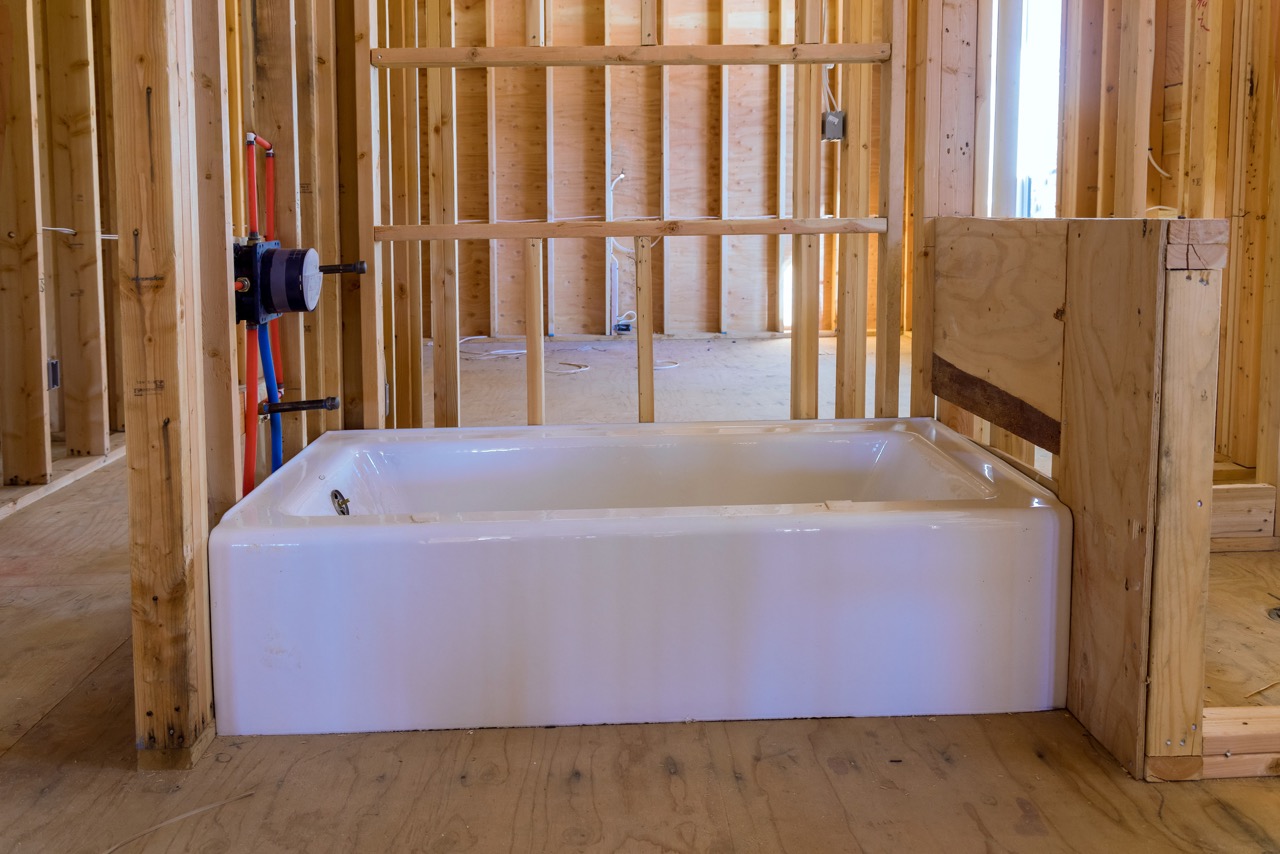
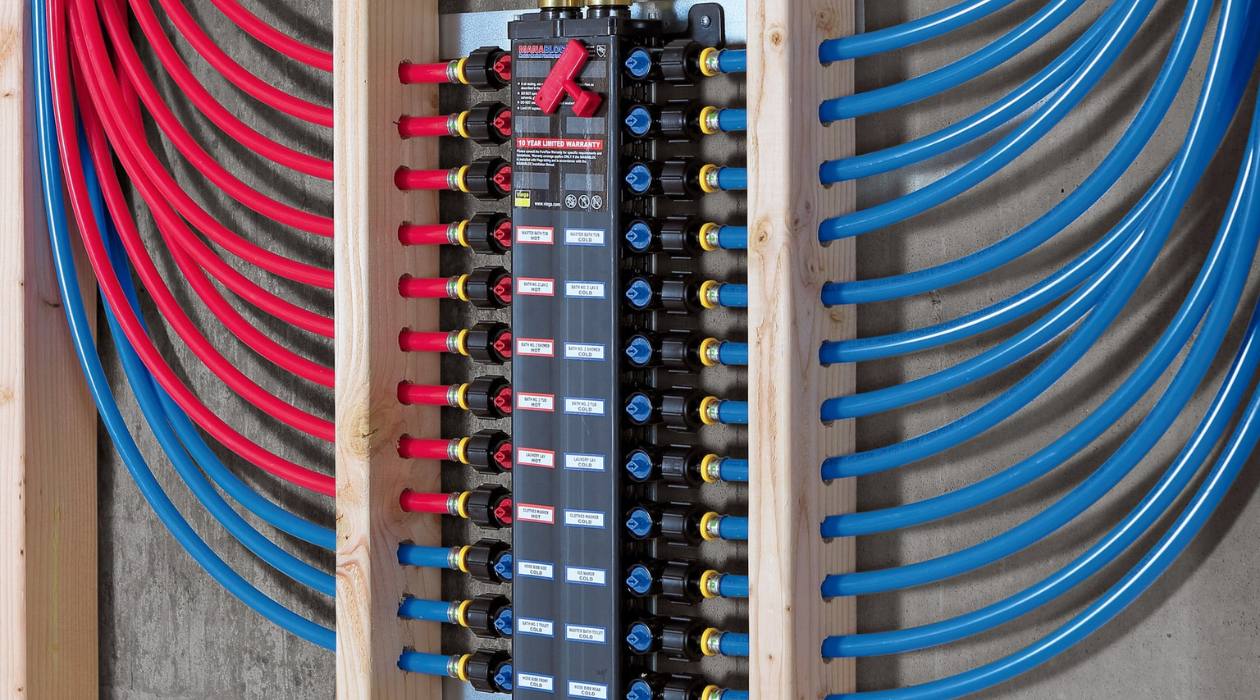
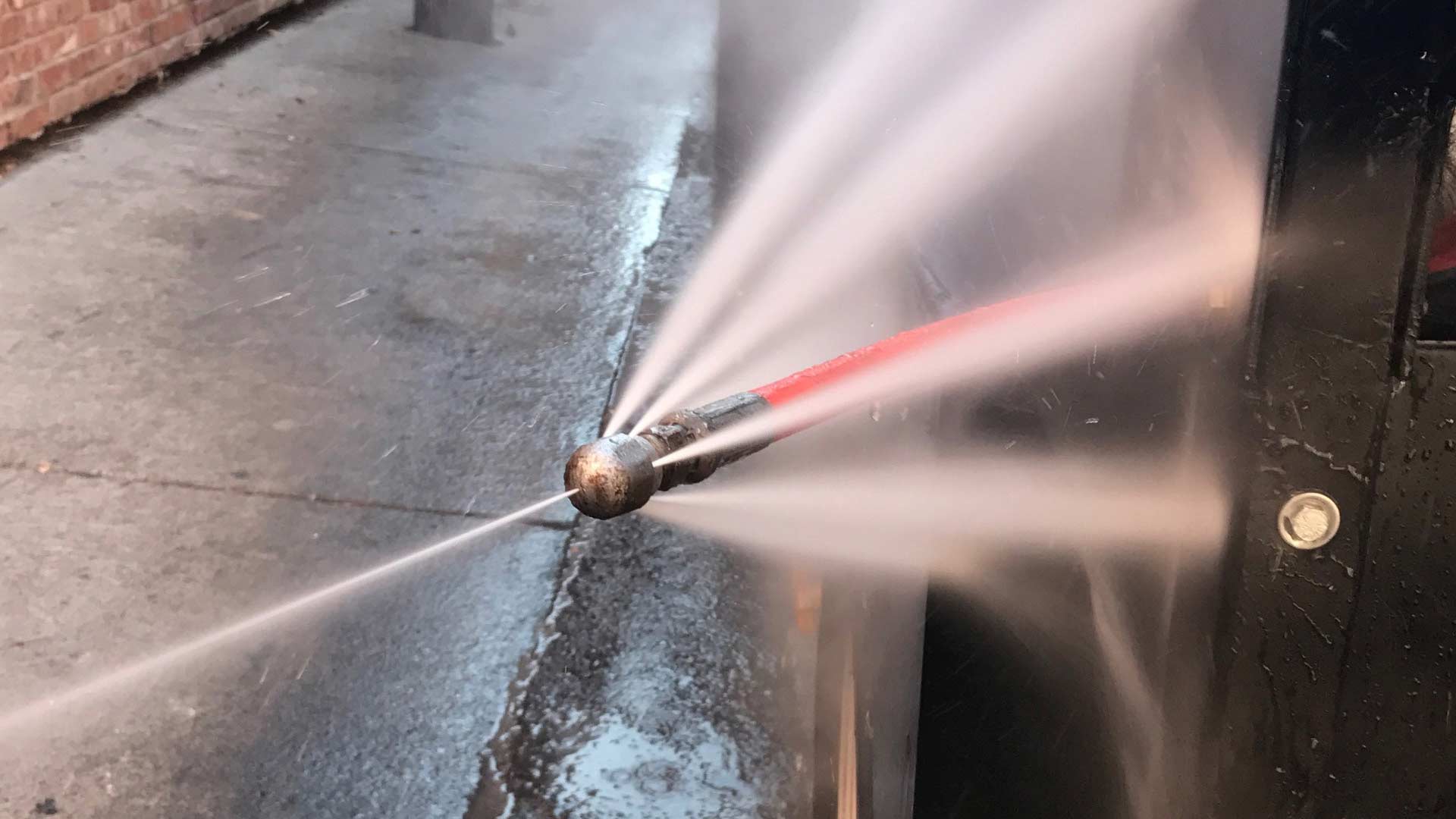
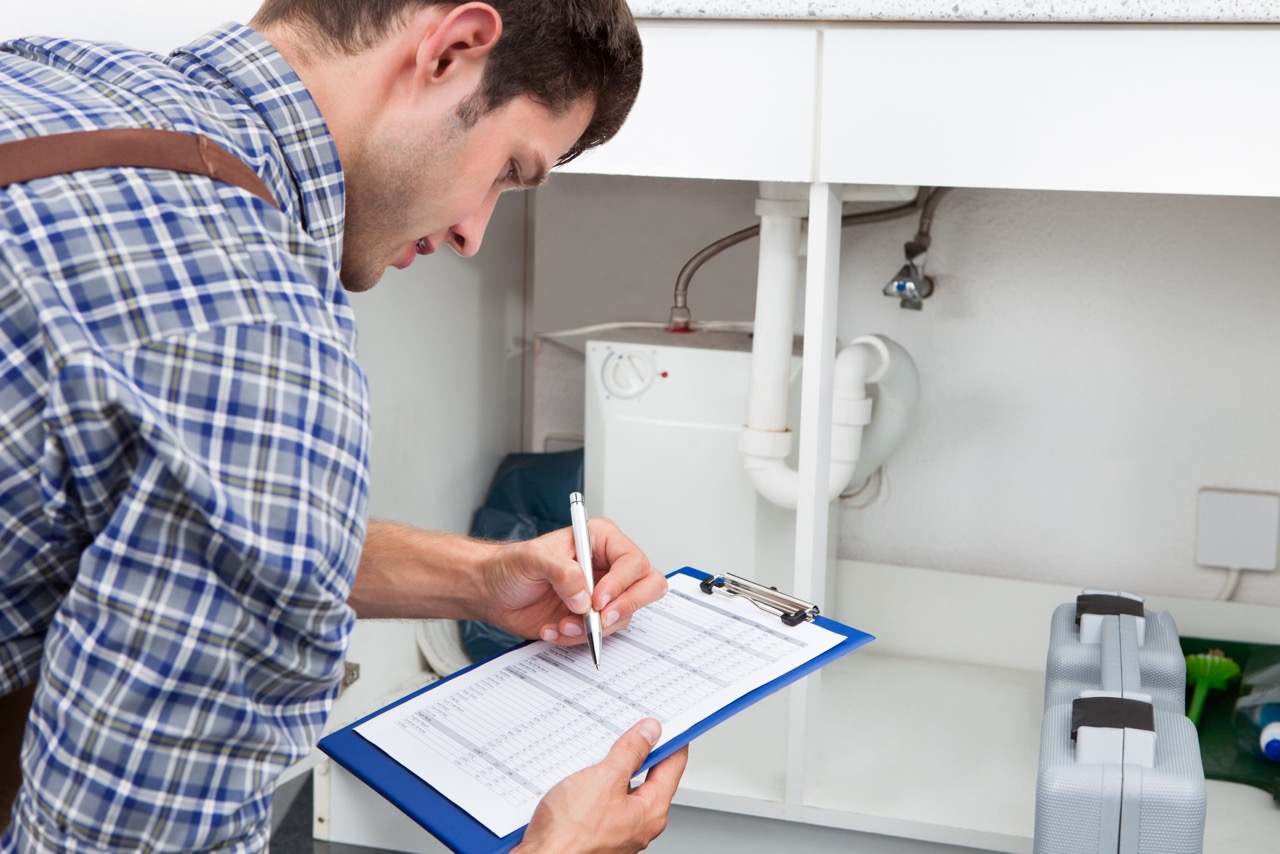
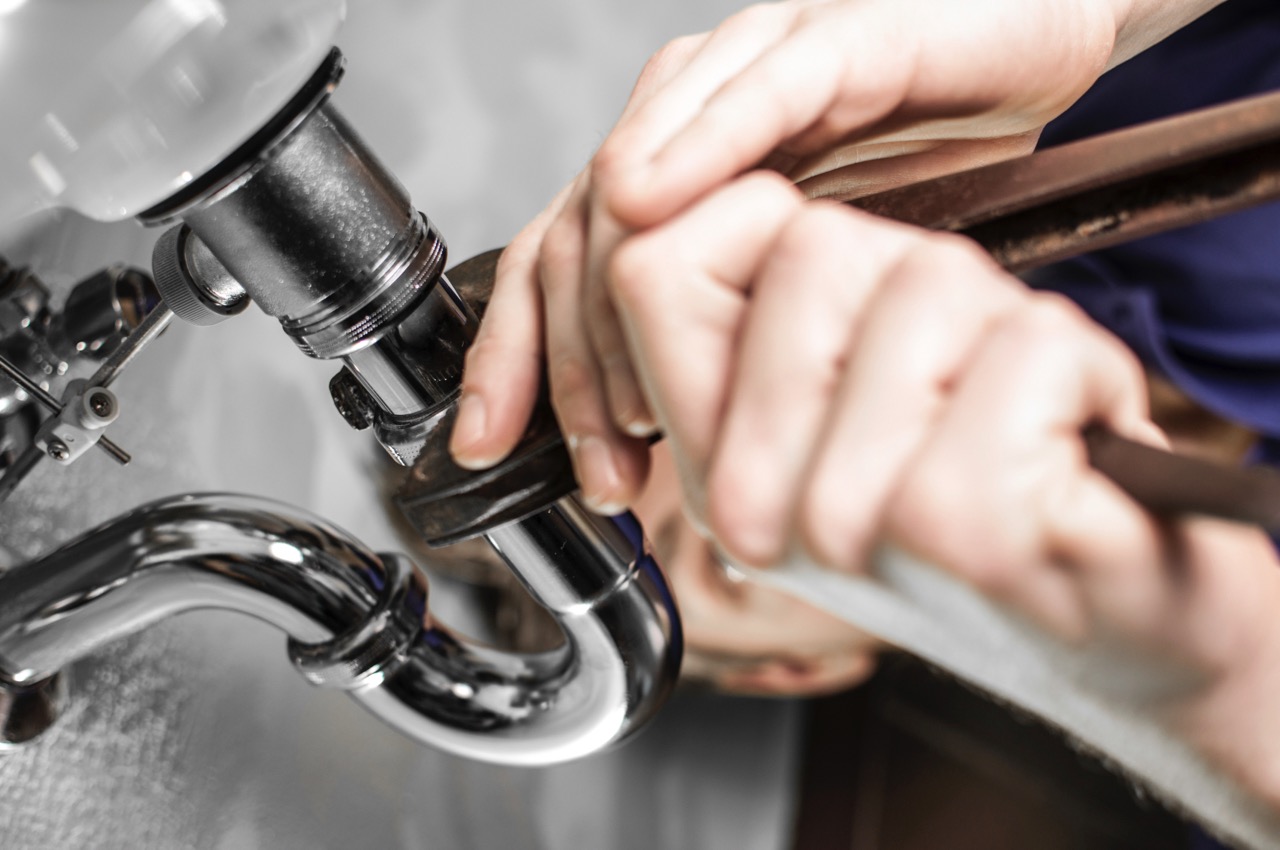
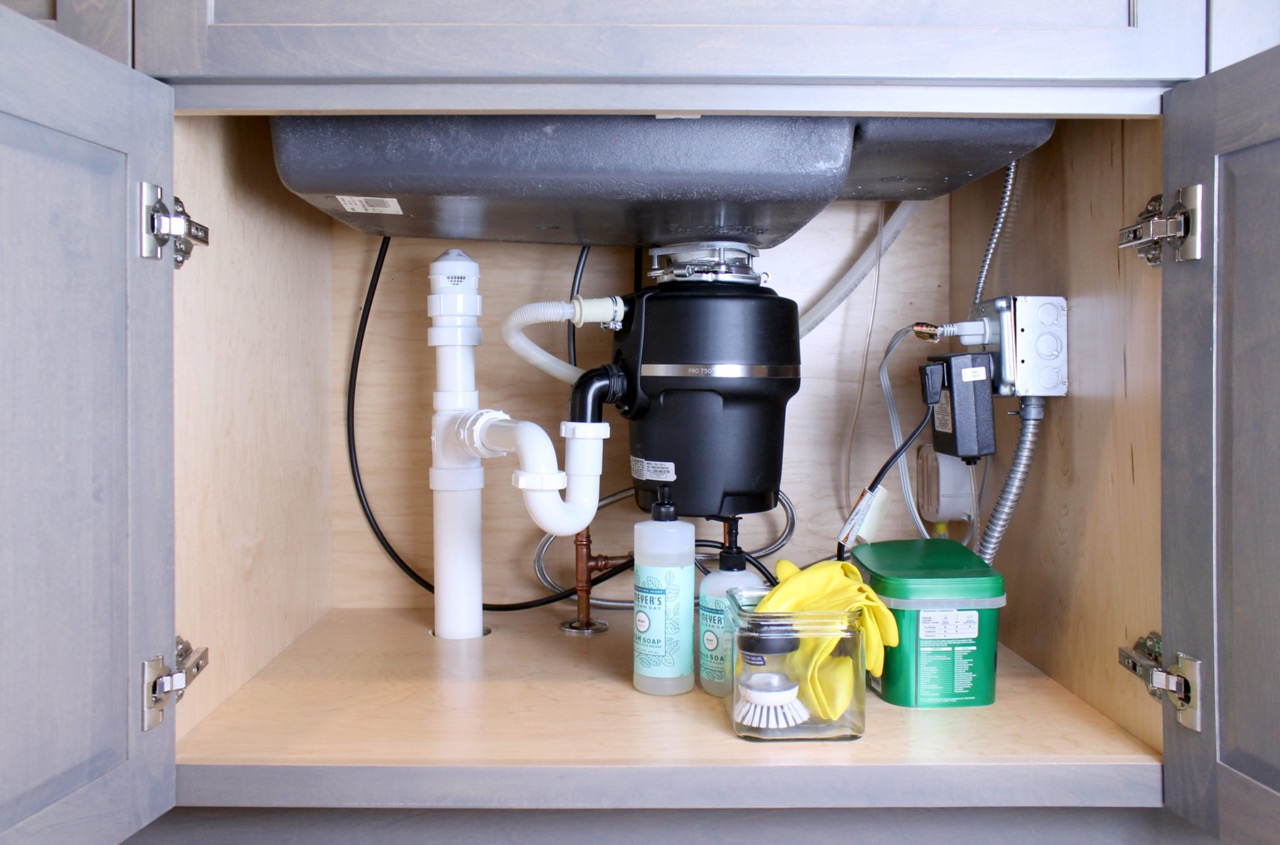
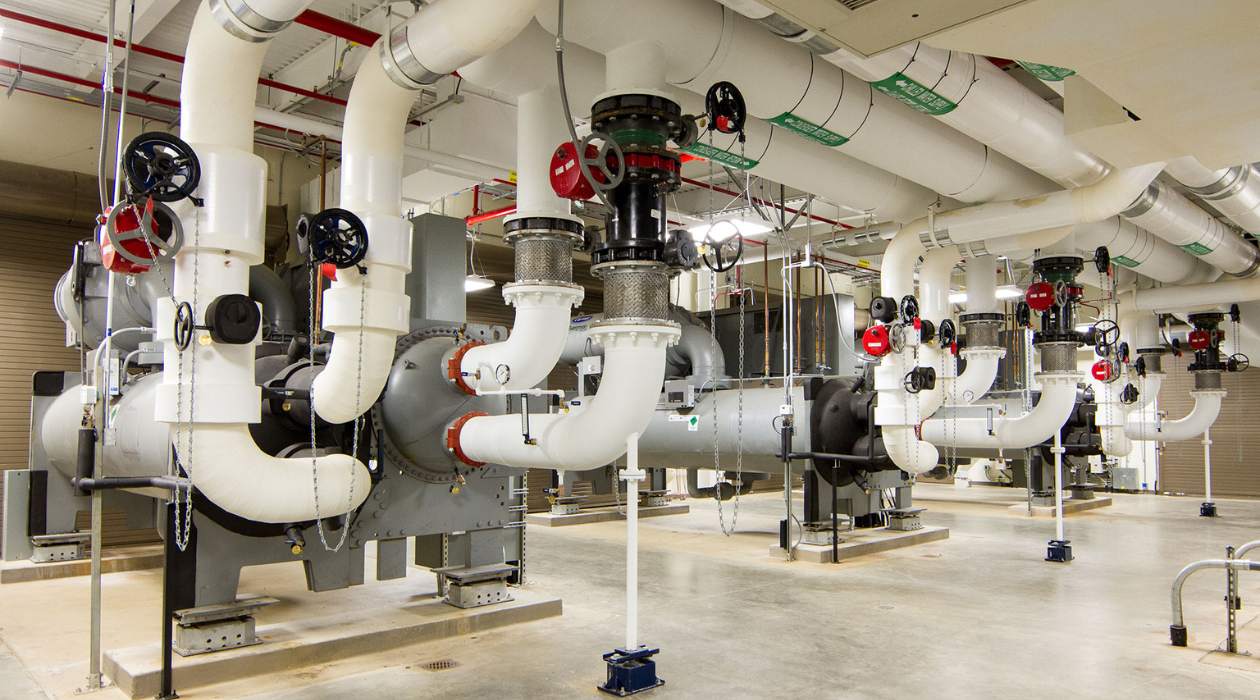
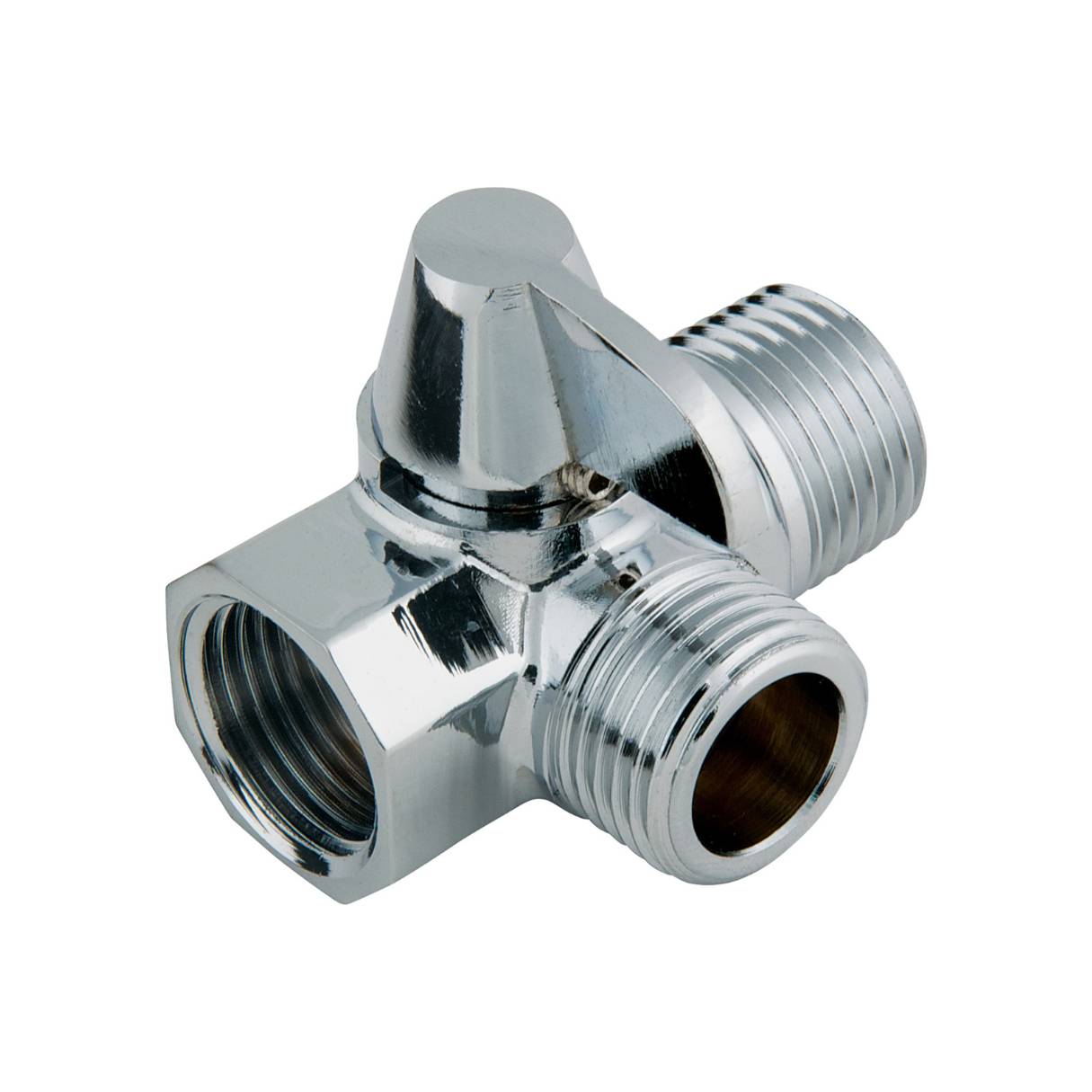
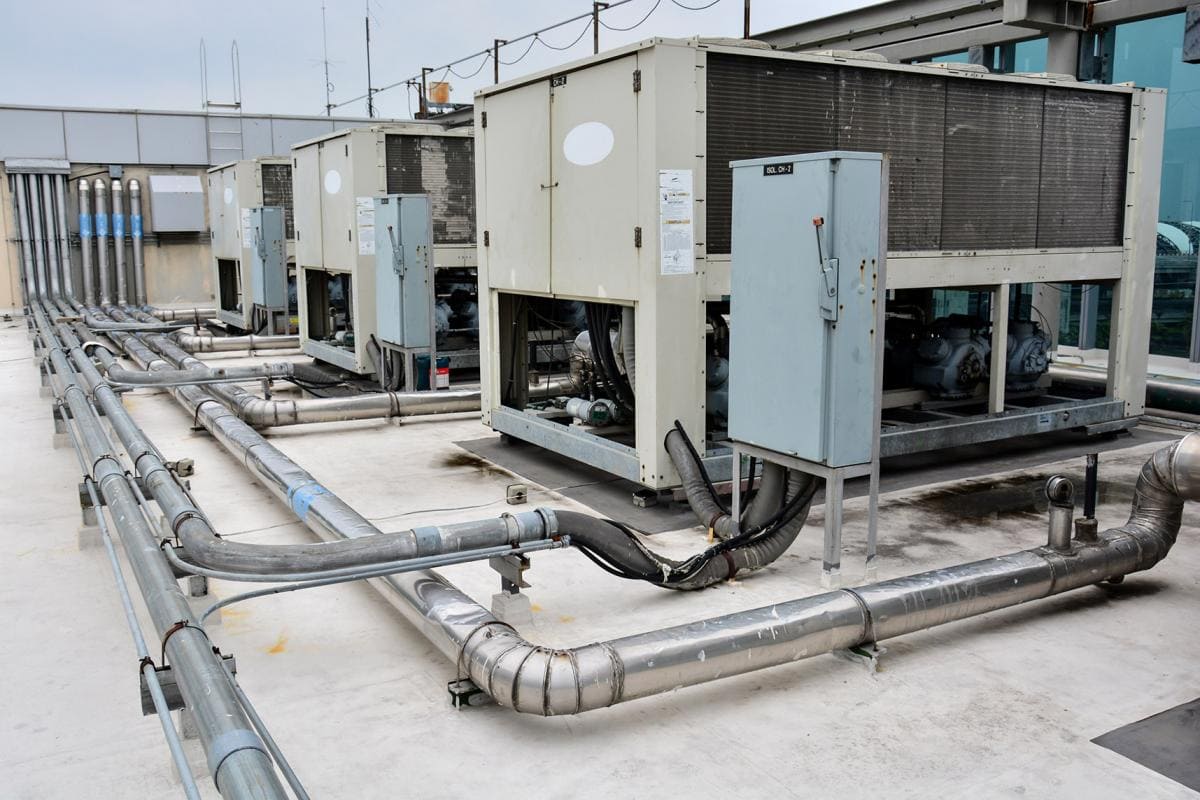
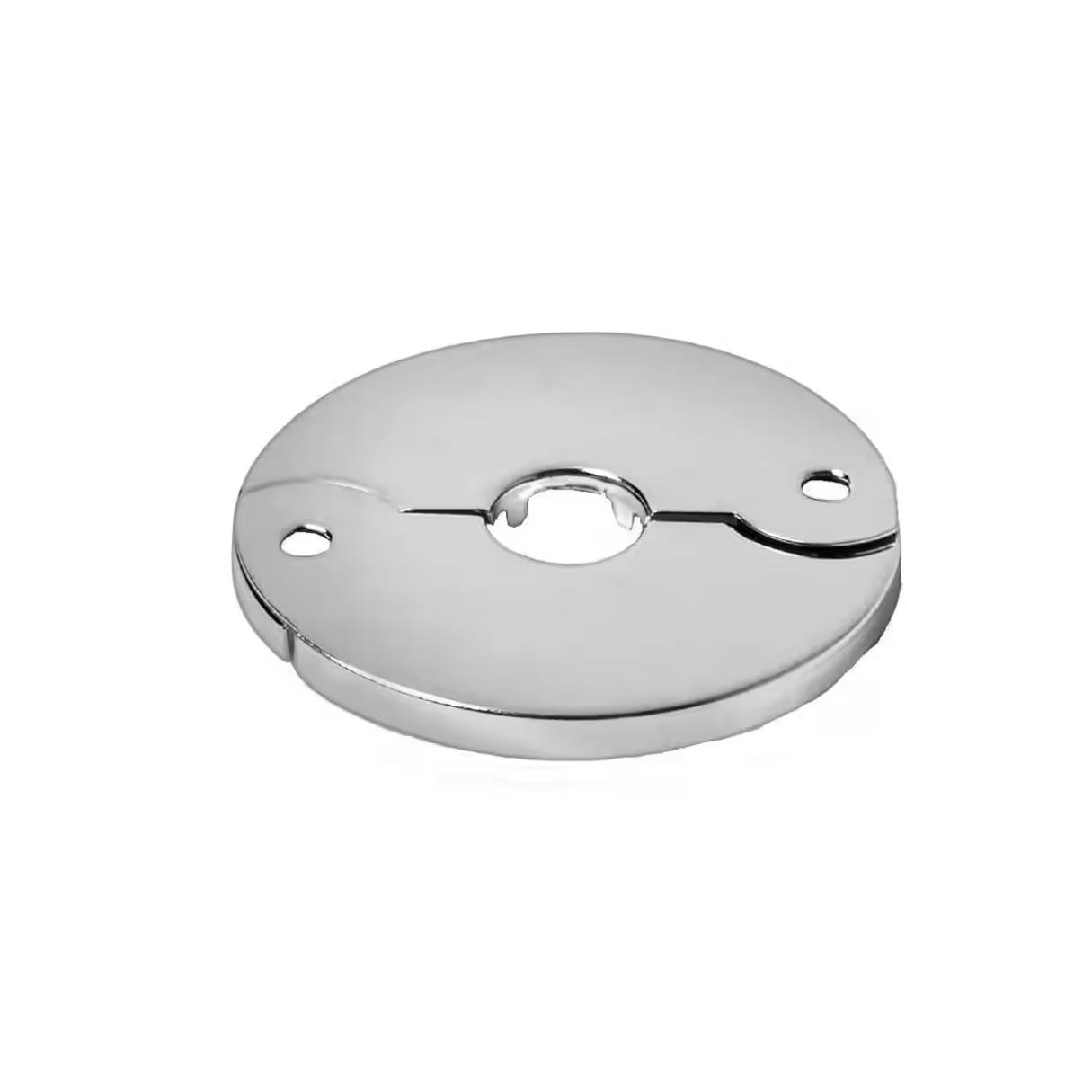
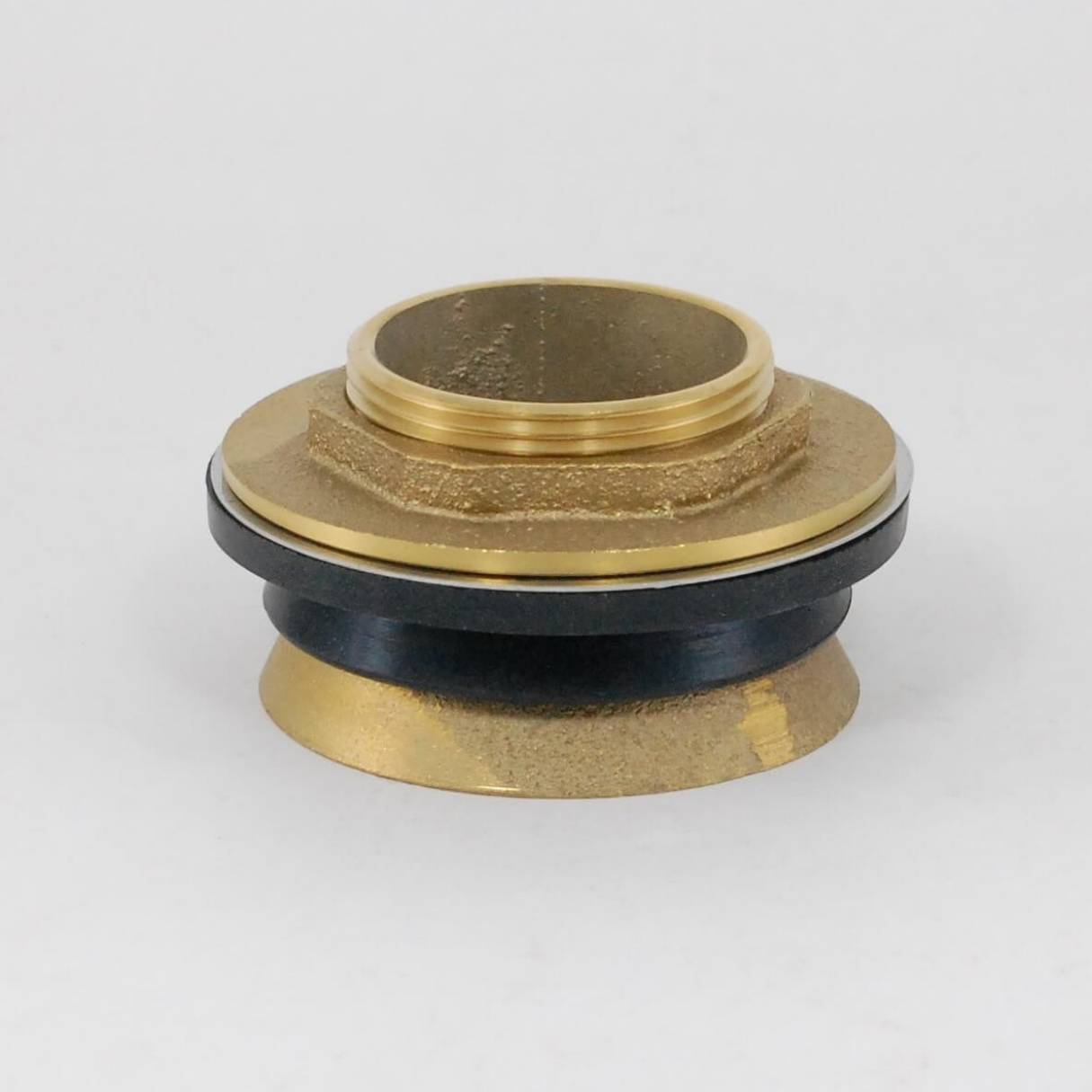

0 thoughts on “What Is Air Lock In Plumbing”